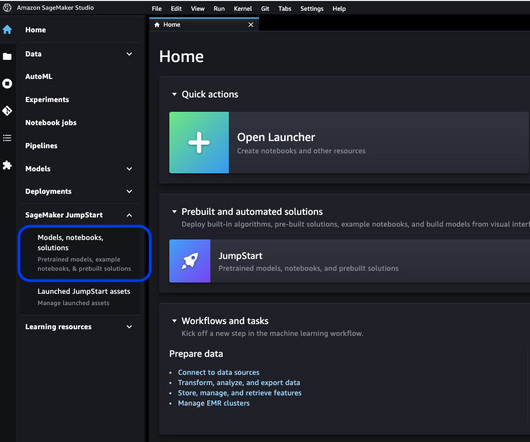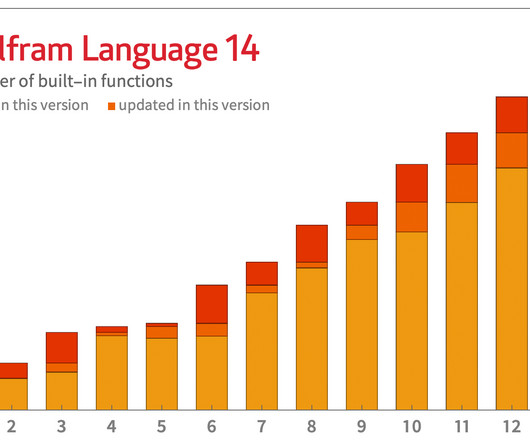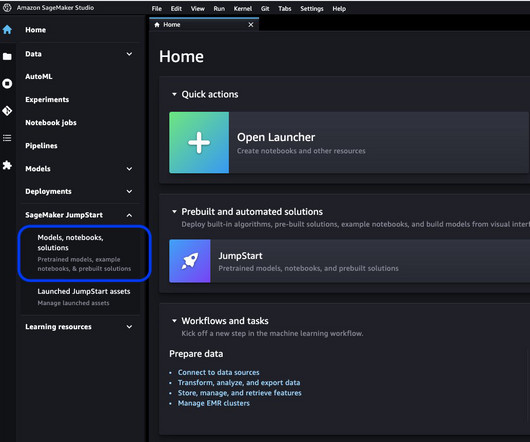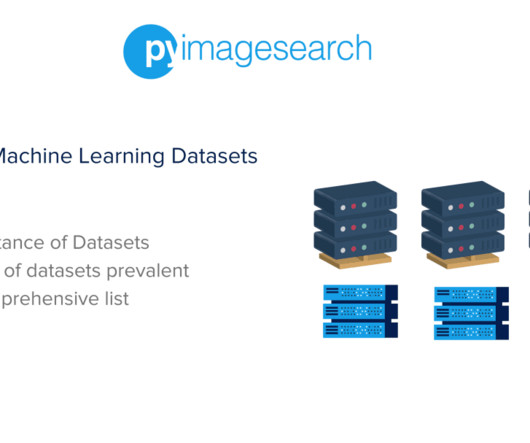Hashing from A to Z
Dataconomy
OCTOBER 9, 2023
The fundamental concept behind hashing revolves around the use of a mathematical algorithm called a hash function. This algorithm is designed to meet specific criteria: it must produce a consistent output length, be deterministic, efficient, exhibit the avalanche effect, and possess preimage resistance. 256 bits).
















Let's personalize your content